French Revolution was a pivotal event in world history which began with the Storming of the Bastille in 1789 and ended in 1799 with the ascent of Napoleon Bonaparte. The writings of Emmanuel Joseph Sieyes played an important part in propelling France towards the Revolution. Count of Mirabeau and Marquis de Lafayette were among the best known leaders during the early stage of the Revolution. As the Revolution gathered steam, the political class of France was divided into the moderate Girondins and the more radical Montagnards. Jacques Pierre Brissot and Maximilien Robespierre were the most important leaders of the Girondins and the Montagnards respectively. Externally, Lazare Carnot and Napoleon Bonaparte were the leading figures who helped France win the Revolutionary Wars. Know more about the French Revolution through its 10 most important leaders.
#1 Emmanuel Joseph Sieyès
| Lifespan: | May 3, 1748 – June 20, 1836 |
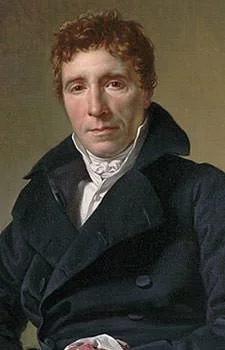
Sieyes was a Roman Catholic abbe who was influenced by the ideologies of the political thinkers of the Age of Enlightenment. France, at the time, was divided into three estates: first was the clergy; second was the nobility; and the third was the rest, the common people comprising 98% of the population. In 1789, just before the French Revolution, Sieyes wrote a pamphlet titled What Is the Third Estate? In it he asserted the third estate wanted genuine representatives in governing the nation. The pamphlet caused a stir in France and played a key role in shaping the revolutionary thought that propelled France towards the French Revolution. Sieyes remained an influential figure during the Revolution and was made Director of France in May 1799. However, he knew about the prevalent corruption in the Directory and overthrew it with the help of popular military leader Napoleon Bonaparte in the Coup of 18 Brumaire. This is considered by most historians as the end of the Revolution. Bonaparte, Sieyes and Roger Ducos were appointed as “Consuls of the French Republic” after the coup.
#2 Honoré Gabriel Riqueti, Count of Mirabeau
| Lifespan: | March 9, 1749 – April 2, 1791 |
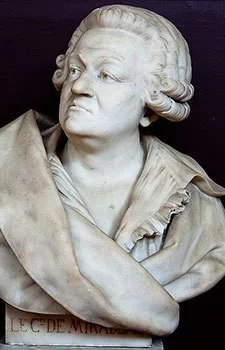
Before the French Revolution, the reputation of Comte de Mirabeau was in ruins due to various scandalous love affairs and gambling debts. However his capacity for work and extensive knowledge made him popular among the crowds during the Revolution. Among other things, he understood that for a government to be strong, it must be in harmony with the wishes of the majority of the people. Founded in 1789 by anti-royalists, the Jacobin Club was the most influential political club during the French Revolution. An excellent orator, Mirabeau became a leading figure in the Jacobin Club in the early stages of the Revolution and he was even elected its president in December 1790. The following year his health began to fail and he died in Paris on April 2. At the time of his death, he was hailed as one of the fathers of the Revolution. However, it was later revealed that Mirabeau had been in secret service of King Louis XVI receiving 6,000 livres a month. This shattered his reputation in France. His corpse was removed from the Pantheon, placed in a lead coffin and interred in a communal burial ground.
#3 Gilbert du Motier, Marquis de Lafayette
| Lifespan: | September 6, 1757 – May 20, 1834 |
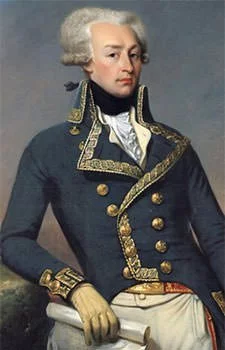
After fighting for the United States in the American Revolution, Marquis de Lafayette got involved in the French Revolution. In consultation with Thomas Jefferson and along with Abbe Sieyes, Lafayette wrote the Declaration of the Rights of Man and of the Citizen. The Declaration represented the core values of the French Revolution. It had a major impact on the development of freedom and democracy in Europe and worldwide. As leader of the National Guard, Lafayette attempted to maintain order and steer a middle ground, even as the radicals gained increasing influence. Lafayette was accused of being a traitor when the king and his family almost escaped in 1791. The following year he had to flee from France as the radicals ordered his arrest. He was captured by Austrian troops and spent more than five years in prison. Lafayette returned to France after Napoleon Bonaparte secured his release in 1797.
#4 Jean-Paul Marat
| Lifespan: | May 24, 1743 – July 13, 1793 |
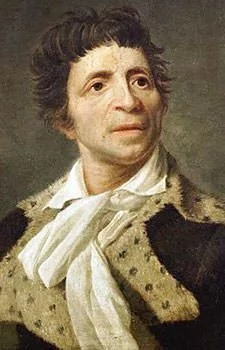
Jean-Paul Marat was perhaps the most influential journalist during the French Revolution. His journalism was known for its fierce tone; and uncompromising stance towards the new leaders and institutions of the revolution. Among other thing, he advocated for basic human rights for the poorest people in France. He reached the public through his periodical L’Ami du peuple (The Friend of the People), which is regarded as “the most celebrated radical paper of the Revolution”. The provocative journalism of Marat is credited with playing a significant role in several radical events of the Revolution including the Women’s March on Versailles, the suspension of the monarchy and the September Massacres. Marat also played a substantial role in the purge of the moderate Girondins. A woman named Charlotte Corday, a Girondins’ sympathizer, assassinated Marat while he was taking a medicinal bath. She was guillotined four days later. Marat was given a grand funeral and was hailed as a Revolutionary martyr.
#5 Jacques Pierre Brissot
| Lifespan: | January 15 1754 – October 31, 1793 |
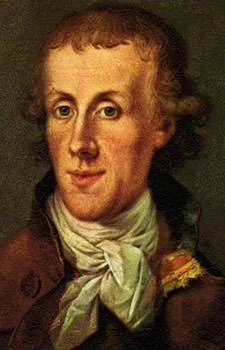
The National Convention was the first government of the French Revolution. The first phase of the convention, which lasted from September 1792 to May 1793, was dominated by the struggle between two groups, the Montagnards and the Girondins. The Montagnards were the most radical group which focused on the needs of the urban poor while the Girondins were more moderate and attracted a following of businessmen, merchants, industrialists and financiers. Jacques Pierre Brissot was the most prominent leader of the Girondins to the extent that their opponents often called them Brissotins. He was an influential member of the diplomatic committee and his report led to France declaring war on Great Britain and the Dutch. However, as the Montagnards gained power, Brissot was accused of being friends with a traitor and of bringing war upon France. He was ultimately guillotined on October 31, 1793.
#6 Maximilien Robespierre
| Lifespan: | May 6, 1758 – July 28, 1794 |
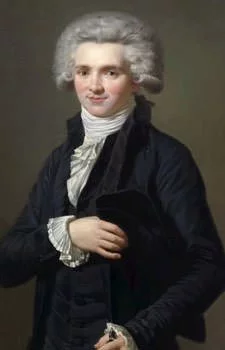
Robespierre was one of the best known and most influential leaders of the French Revolution. Among other things, he was an outspoken advocate for the poor, for universal male suffrage, for price controls of basic commodities and for abolition of slavery in the French colonies. His steadfast adherence to the views he believed in earned him the nickname l’Incorruptible (The Incorruptible). Following the defeat of the Girondins in June 1793, the Montagnards formed the Committee of Public Safety, which became the de facto executive government in France during the phase of the Revolution known as the Reign of Terror. Maximilien Robespierre was the leading member of the Committee. In the name of ridding the nation of the enemies of the Revolution, an estimated 40,000 people were executed during the Reign of Terror. However, by mid-1794, Robespierre become a target of conspiracies as the members feared that they could be guillotined next. He was arrested and guillotined on 28th July 1794 bringing an end to the Reign of Terror.
#7 Louis Antoine de Saint-Just
| Lifespan: | August 25, 1767 – July 28, 1794 |
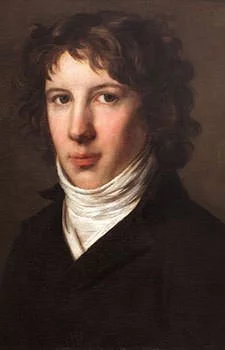
Louis Antoine de Saint-Just was the youngest of the deputies elected to the National Convention in 1792. He came to prominence when he gave a fiery speech at the Convention condemning King Louis XVI. He demanded that “Louis Capet” should be judged not as a king or even a citizen, but as a traitor, an enemy who deserves death. After spearheading the movement that led to the execution of the king, Saint-Just drafted the radical French Constitution of 1793. During the Reign of Terror, he became a close ally of Robespierre. Saint-Just was dubbed the “Angel of Death” as he became the face of Terror with his organization of the arrests and prosecutions of many well known figures of the Revolution. He was also sent as a figure of authority to the French Army during its rocky start in the French Revolutionary Wars. He is said to have helped in the revival of the army through his implementation of strict discipline. Saint-Just was executed along with Robespierre on 28th July 1794.
#8 Georges Danton
| Lifespan: | October 26, 1759 – April 5, 1794 |
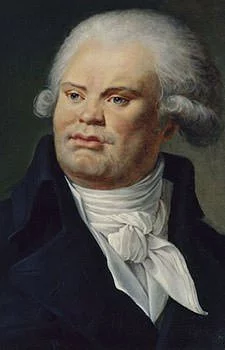
Georges Danton was a leader of the Cordeliers Club, one of the popular clubs of the French Revolution. Under his leadership, the club became a significant political force. He also made frequent speeches at the Jacobin Club. On 10th August 1792, an angry crowd marched on the Tuileries Palace where the king resided and killed the Swiss Guards who were assigned for his protection. The king, along with his family, had to flee to the Assembly. This event played a key role in overthrow of King Louis XVI and ultimately his execution. Danton has been credited by many historians as “the chief force in the overthrow of the French monarchy and the establishment of the First French Republic”. His role in the August 10 event is not clear but he did take credit for it. Georges Danton then became the first president of the Committee of Public Safety. However, as the Reign of Terror began, he became more moderate and opposed it. This led to his death at the guillotine on April 5, 1794.
#9 Lazare Carnot
| Lifespan: | May 13, 1753 – August 2, 1823 |
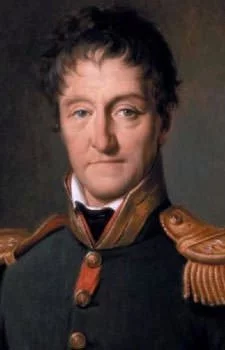
After the execution of King Louis XVI in January 1793, France’s enemies wanted to destroy the Republic and reinstate a monarchy. Several European powers thus formed a coalition to defeat France and it seemed that the fall of the Republic was imminent. At this time Lazare Carnot, a mathematician and physicist, was promoted to the Committee of Public Safety. Displaying an exceptional talent for organization and for enforcing discipline, Carnot set about rearranging the disordered French Revolutionary Army. He also introduced compulsory enlistment to raise France’s army from 645,000 troops in mid-1793 to 1,500,000 in September 1794. The French Revolutionary Army successfully expelled foreign forces from French soil and then overran many neighboring countries. Lazare Carnot is thus known as the Organizer of Victory in the French Revolutionary Wars. He also appointed Napoleon Bonaparte as general in chief of the Army of Italy when no one else backed him. In 1800, after the Revolution, Napoleon appointed Carnot as Minister of War.
#10 Napoleon Bonaparte
| Lifespan: | August 15 1769 – May 5, 1821 |
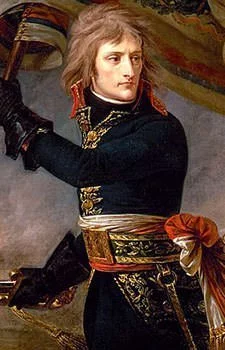
The French Revolution was widespread and violent by 1793. Some citizens had began supporting the Royalist faction and had taken up arms against the Revolutionary forces. France was at civil war and it was also engaged with other countries, who wanted to restore the monarchy. At such a time, Napoleon Bonaparte rose to prominence as a general of the Revolutionary government against the Royalist forces. After crushing an internal revolt by the royalist forces, he was given command of the Army of Italy. He then led several successful campaigns against the Coalition of European countries, virtually winning every battle. He became a national hero in France due to his exceptional military talent. He took advantage of this to organize the Coup of 18th Brumaire to overthrow the Directory and became First Consul of the Republic. This is considered the end of the French Revolution. Napoleon went on to become Emperor of the French in 1804 and he made France the leading European power for a while.

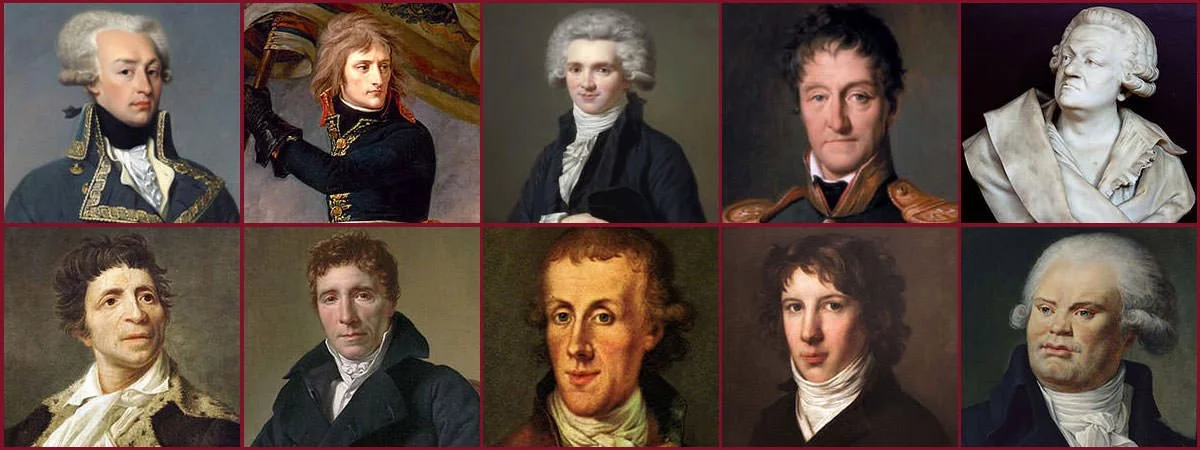
Nice
Interesting information, thanks for including it.